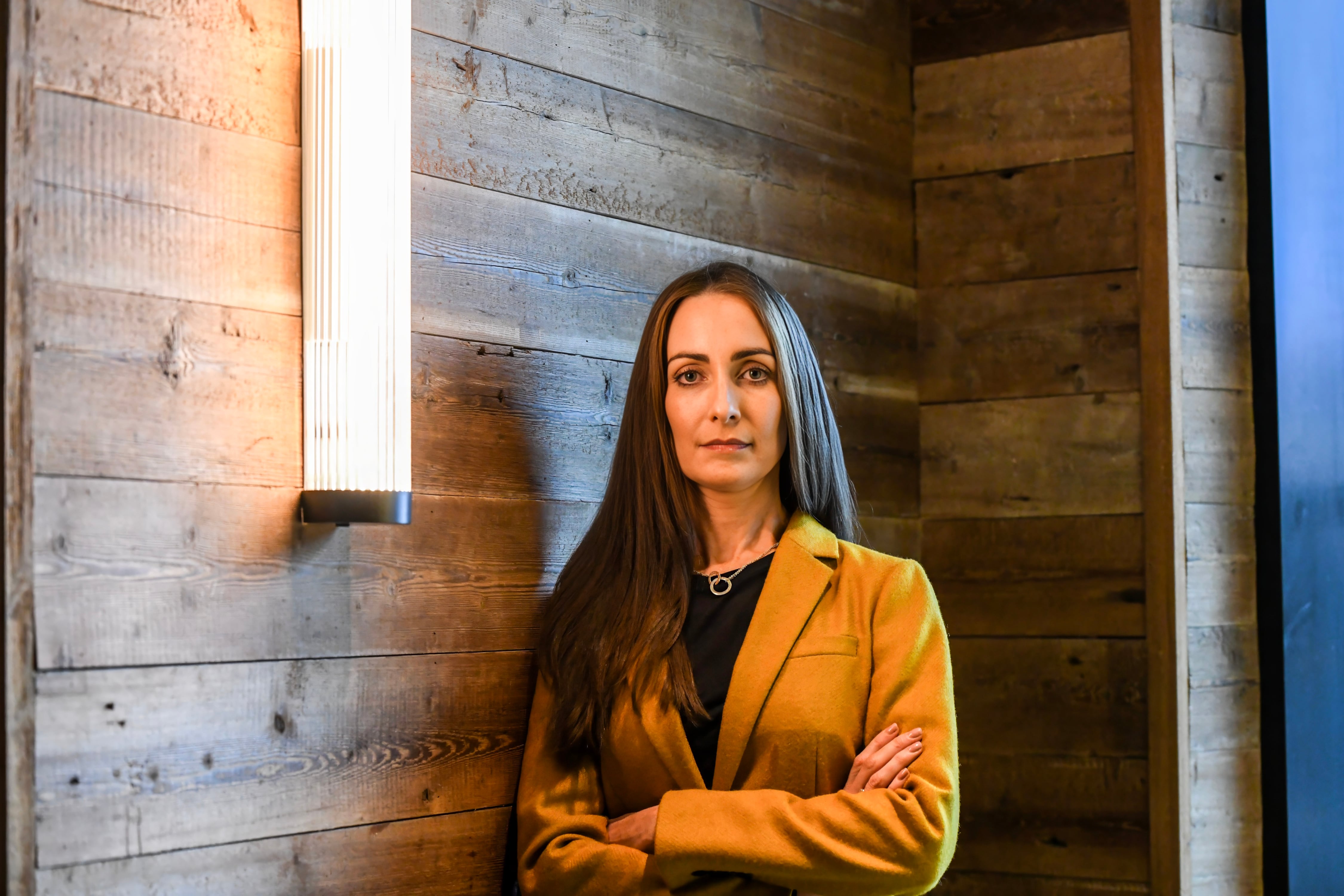News that data centres have been unable to secure electricity and gas grid connections for several years is alarming, posing a threat not only to Ireland’s high-tech sector but to other energy intensive industries too.
“Delays in planning and grid access remain the biggest threat to the proliferation of renewable energy projects in Ireland. These issues similarly affect large energy users wishing to connect to the electricity grid – including data centres,” says Seán Scally, partner and head of energy for Eversheds Sutherland in Ireland.
He believes the planning system needs to be adequately resourced to handle the volume of applications from new renewable energy projects.
“In a 12-month period between 2022 and 2023, not a single wind farm project submitted to An Bord Pleanála was approved. Thankfully, in 2024 we have seen an improvement but this delay has already generated a backlog of energy projects that will delay existing applications. More funding for An Bord Pleanála to recruit additional planning specialists and improve approval capacity is essential,” says Scally.
READ MORE
The next logjam is grid access. Significant investment and expansion of the national grid is required to support the new energy projects needed to meet Ireland’s energy goals and to ensure sectors requiring access to the grid can do so.
Ireland has a legally binding target to reduce its greenhouse gas emissions by 51 per cent before 2030
“As with the planning system, more resourcing is required and by those with technical expertise to plan and build the grid. From a policy perspective, a key decision relating to ‘private wire’ connections is envisaged in 2024 by the Irish energy regulator, private wires being where a large-demand user connects directly to the wind or solar farm, which is currently not permitted in practice,” he says.
There are a number of risks to Ireland Inc if we don’t get this right, not least that we won’t meet our renewable commitments.
Ireland has a legally binding target to reduce its greenhouse gas emissions by 51 per cent before 2030. “Reaching this target will depend on whether Ireland also meets its commitment to achieve a much higher level of electricity generation from renewable sources – 80 per cent before 2030,” says Scally.
“A wide consensus now exists that Ireland will miss its 51 per cent target by a significant margin, some estimates suggest by as much as 30 per cent. Failing could result in substantial compliance costs being imposed on Ireland.”
But the knock-on effect on foreign direct investment could be even more costly. To date Ireland has been at the forefront in attracting foreign direct investment in fields such as digital and information technology, pharmaceuticals, biotechnology and other innovative sectors.
“Companies based in these areas have constructed state-of-the-art facilities supporting significant employment. These facilities require connection to utilities such as gas and electricity to operate and consider these utilities as a given when choosing to invest in a country. Any restriction in access or ambiguity in Ireland’s policy here could dissuade future investment,” he says.
As the digital gateway to Europe, Ireland has always held a strong and highly regarded position in both the economic and the technological landscape, says Chris Collins, Schneider Electric’s country president Ireland.
However, he too worries that the lack of renewable power and the inability of energy-intensive industries to connect to the grid represents a significant threat.
“Where Ireland has continued to attract international interest from a host of world-leading cloud and pharmaceutical organisations, the same companies are now considering deploying their infrastructure and investment elsewhere – primarily due to a lack of power and planning permission. New homes and buildings are also unable to connect to the grid, which impacts development timescales and occupancy rates, compounding the housing crisis further,” he says.
If Ireland can prioritise the reduction of energy waste within legacy infrastructures, it can make a significant step forward in helping these sectors curb their power consumption
There is however, he argues, an opportunity to be grasped in the face of so much challenge.
“New data centres can be built with the ability to operate independently of the grid. Indeed, building microgrids or connecting data centres with wind or hydro power via direct or private wire can enable the industry to reduce demand on an already constrained energy system, while allowing excess power to be sold back to the operator and made available for use by consumers,” he says.
The Government’s recent private wire consultation illuminated this fact, he reckons. “While it may not be viable at this moment, it can and will be transformative for Ireland’s future energy outlook,” he says.
“Another key point is that much of the technology required to reduce the energy and environmental impact of large-scale industries – data centres, buildings, homes and industrial manufacturing – already exists. Ireland’s existing homes, for example, are responsible for 25 per cent of all power consumed, meaning that any improvements as far as modernisation, renovation and energy ratings are concerned, will make a positive difference elsewhere.”
Moreover, if Ireland can prioritise the reduction of energy waste within legacy infrastructures, it can make a significant step forward in helping these sectors curb their power consumption. “As the saying goes, a kilowatt of power saved is worth significantly more than a kilowatt supplied or consumed, and with 60 per cent of all energy produced now lost prior to utilisation, energy waste is a bigger threat than a lack of grid capacity,” he says.
“As demand for energy and infrastructure increases exponentially, we must put in place measures to be more efficient with the energy we’re using now, ensuring we reduce demand on the grid while provisioning for the future. This becomes even more critical when sectors such as data centres are calling for greater collaboration between government and industry, and the technology to transform the energy outlook is already in our hands – just waiting to be used.”
















